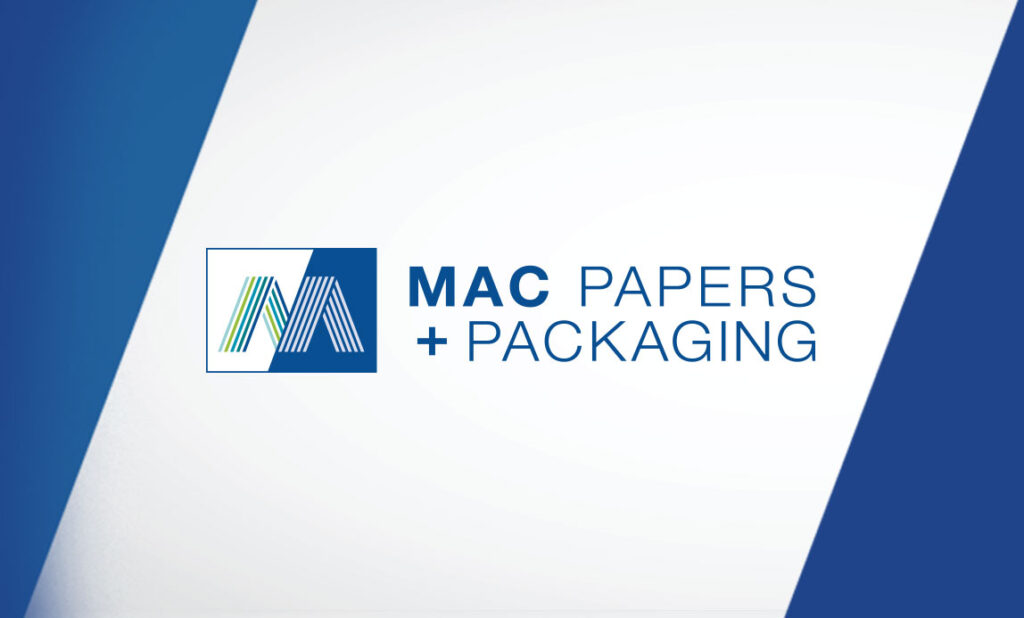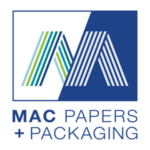Blogs
Supply Chain Setbacks: Managing the Disruption By Chris Jones
Two years ago, a slew of consumer goods from toilet paper and hand sanitizer to cars and pet food were suddenly hard to come by. A perfect storm of factors, including the COVID-19 pandemic and labor shortages, swept the globe and crippled supply networks across a range of industries and geographic locations.
Although many businesses have bounced back, paper, packaging, and printing supplies are still low, which is driving up costs for both manufacturers and buyers. According to the Bureau of Labor Statistics, the cost of wood pulp—the raw material used in paper—has risen 50.2% over the past year. As a result, the price of paper has gone up 16% since last summer. Some companies in the wide format space have seen prices increase between 25% and 40% over the past six to nine months. Experts predict these tight conditions will continue into 2023.
While you can’t anticipate every bump in the road ahead, there are strategies and tools you can deploy to help you see around the next corner, ensuring your business’s supply needs are met. Here are a few ways to stay stocked when your go-to products are in short supply.
Proactively Invest in Inventory Needs
To say that typical ordering and shipping timelines have become unpredictable is an understatement. At Mac Papers and Packaging, we’ve seen lead times on certain imports jump from three months to five, with container freight costs shooting from $3,500 to as high as $27,000. Prices are changing at a rapid pace, and inventory outages are a real concern for most printing and packaging-related companies.
That means inventory management is more important now than ever. If you don’t have a structured inventory process in place, start small by taking practical, proactive steps to avoid running out of materials. For example, if you know how much product you typically use per quarter or even per year, place preemptive orders weeks or, ideally, months in advance. Investing in inventory management will also help with overall cash flow and capacity planning.
This is where your distributor comes in—they will understand your supply needs as well as (or possibly better than) you do, particularly if you’ve enjoyed a long-standing relationship. They can play a key role in determining proper stock levels, securing competitive pricing, and planning for the future.
Stay Flexible
Partnering with a distributor that carries multiple products, brands, and types of components will make it easier to adapt to fluctuating supply and demand. It’s always beneficial to have options, especially when your first choice isn’t available. That means you might have to try a new brand or experiment with different materials. Working with new materials can be challenging, but your distributor can help you navigate Option B when supply chain issues strike and Option A isn’t available.
Trying new things might even result in a happy accident: Recently, a Mac Papers and Packaging customer was unable to purchase the brand name vehicle wrap they typically used for printing. We were able to find a suitable alternative at a lower price than their usual choice, which was a welcome win for the client.
Communicate with Customers
Whether you’re simply providing a status update or delivering not-so-great news, it’s crucial that you keep the lines of communication open between you and your customers. Because even when a single node of your supply chain goes haywire, the ripple effects can be felt down to the end user.
Due in part to the ubiquity of push notifications and AI-generated status updates, customers expect to be informed. No one wants to be blindsided by a late shipment or product shortage, and your customers will reward you with their loyalty if they feel you are doing everything in your power to help them reach their goals.
Despite the ongoing nature of these supply chain challenges, you can soften the blow to your business by planning ahead, communicating effectively, and partnering with a dealer that can work with you to secure the supplies you need.










